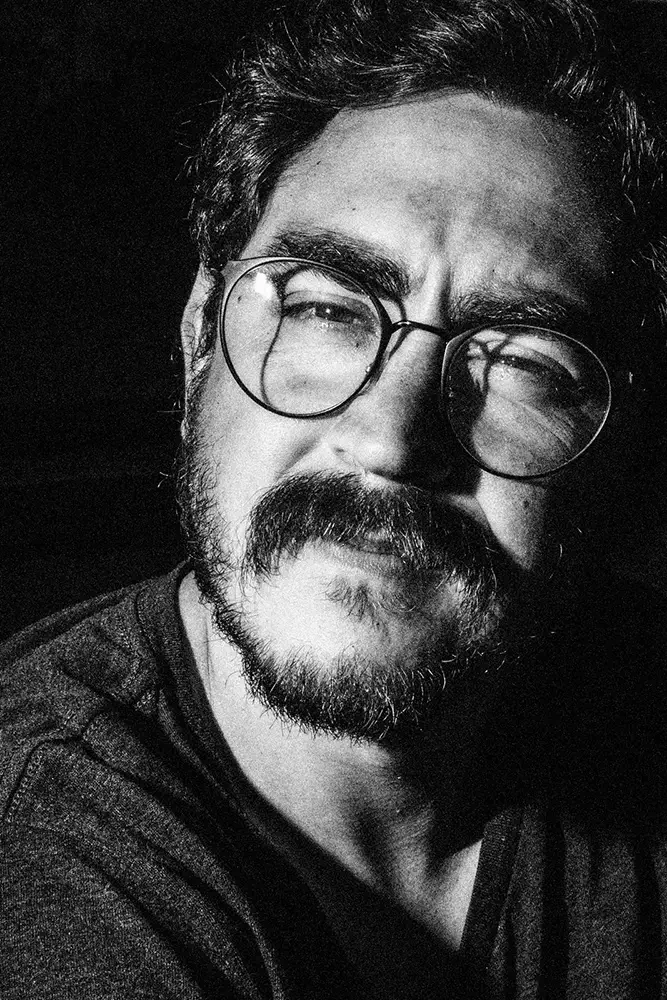Sebastián Machado Batanero (Mexico City, 1989) is a visual artist, photographer, and educator. He holds a BA in Art Studies and Art History from the Universidad del Claustro de Sor Juana and studied photography at the Escuela Activa de Fotografía (EAF). He also trained at the Escola Superior de Cinema i Audiovisuals de Catalunya (ESCAC) and participated in workshops led by Moisés Saman and Alessandra Sanguinetti organized by Magnum Photos in Germany and the UK.
His work explores memory, the archive, and everyday life, with a focus on photography as a form of critical and poetic intervention. He took part in the exhibition Understanding Risk (World Bank, Palacio de Minería) and in various group shows across Mexican galleries. In 2018, he published his first photobook Volver (Editorial Opción, ITAM). His projects have addressed themes such as childhood autism, the aftermath of the September 2017 earthquake in Mexico, climate change in Tabasco, and collaborations with artists like Bomba Estéreo and Silvana Estrada.
He currently teaches art history and photography at EAF and at the Universidad del Claustro de Sor Juana. From 2023 to 2024, he was part of the curatorial committee at Foro R-38, where he coordinated research and exhibition projects. His current work explores autoethnographic narratives rooted in the domestic sphere, investigating the links between image, matter, archive, and fiction.
AAP Magazine:
AAP Magazine 49: B&W